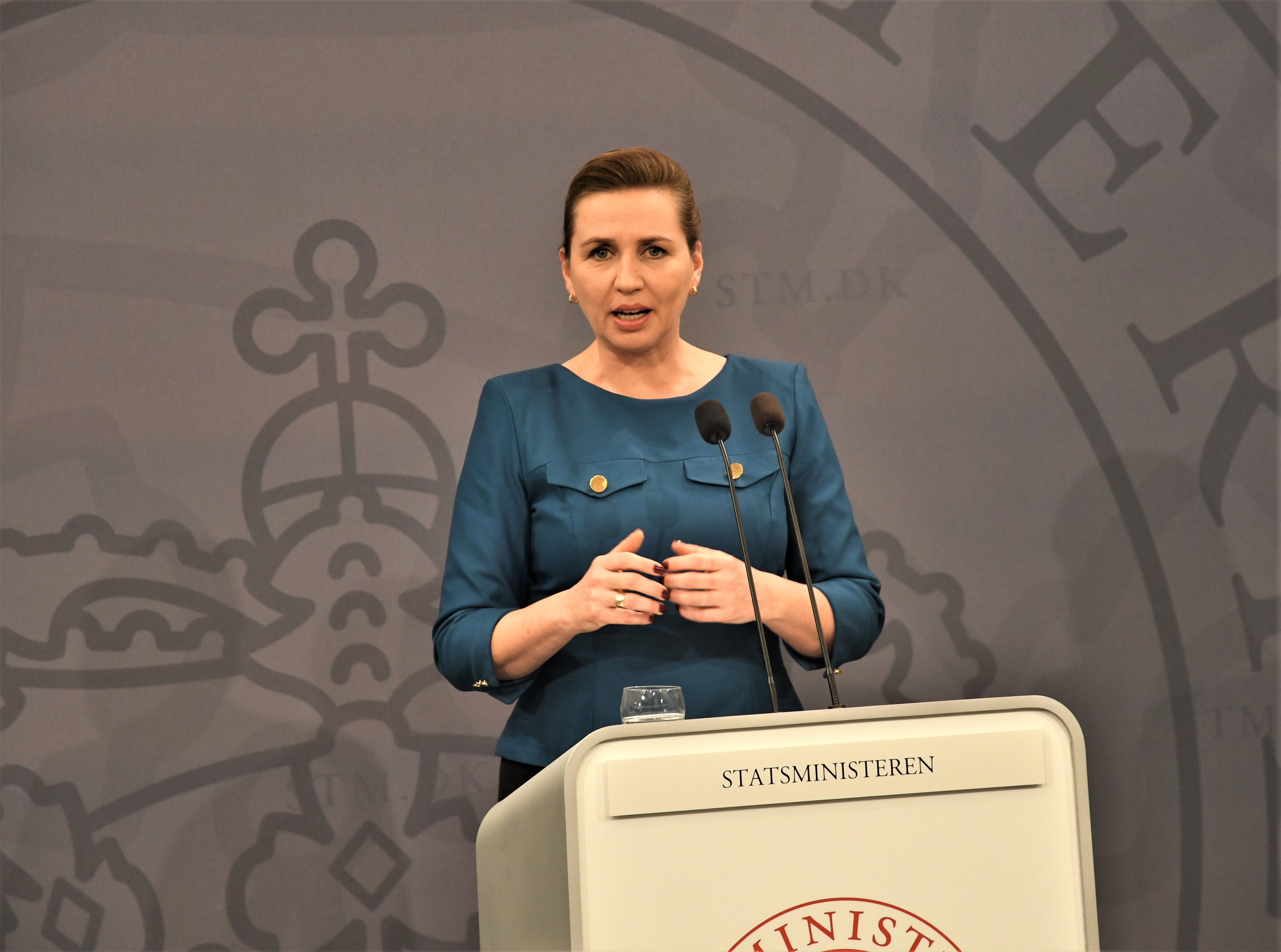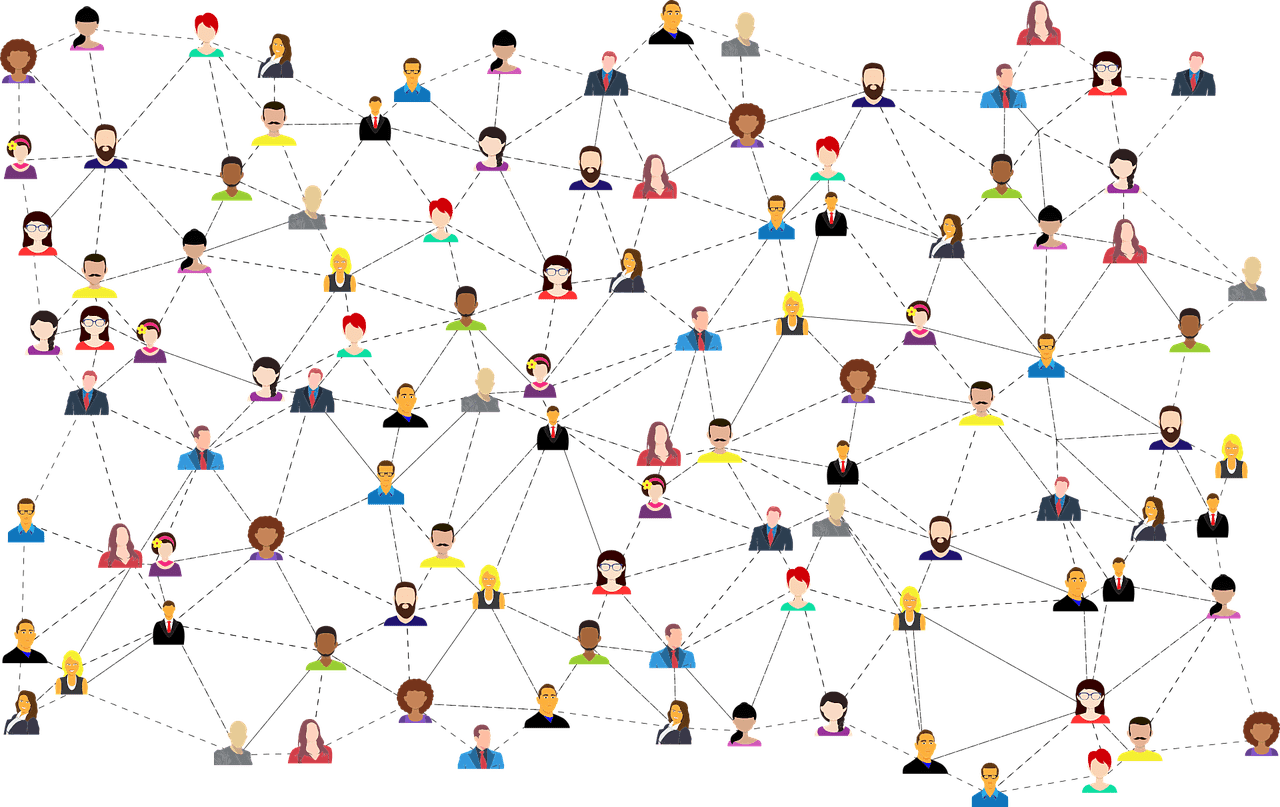Remember when Danish was a kind of pastry? Well, for me, those days are now long gone and I’ve made the commitment to start language classes. At first I thought I could avoid it – Danes all speak English, don’t they?
Well yes, people speak English, but it won’t help you navigate the myriad of online processes necessary for normal life here. The home page displays a helpful little Union Flag, but after that you’re on your own.
You’re also on your own when you encounter one of those phone messages. You know the kind of thing: “If you have no idea what I’m saying, press one. If you are feeling completely incompetent and just want to go home, press two. If you are starting to think you really should sign up for Danish classes, press three.” So, I signed up.
Danish classes in Copenhagen exist under a kind of apartheid. If you speak English, at least one foreign language and have a degree, you do one kind of course. If you don’t, you do another. Expats go one way, immigrants go the other.
My class is a daytime class, almost entirely female and a bastion of the well-educated following spouse. Our teacher is called Mette and is probably the most patient Danish teacher in the world.
“Jeg hedder …” we all venture as Mette goes round the class.
“Jeg kommer fra …”
“Dear God!” Mette says. Later I realise she was actually saying “Det er godt” (that’s good), which is a little more encouraging.
“Is it safe to speak Danish with a cough sweet in my mouth?” whispers the girl next to me. I tell her I can do the Heimlich Manoeuvre.
Our tongues, in spasms of weird vowel sounds, dribble gently onto our text books; we look like the cast of Lars von Trier’s ‘The Idiots’, liberating our inner-morons by pretending to be adults with learning difficulties. With Mette watching over us to check no-one actually chokes.
Later we rehearse sentences like “Guang is a cleaner. In China, Guang was an economist”. “What do you do? What did you do?” It’s not terribly reassuring on the career front. Ours is an emporium of temporarily wasted talent and we’ve all pinned our hopes on learning Danish. It’s what stands between us and resurrected careers, communication with in-laws, belonging here – the list is long. But could we still end up like Guang?
Danes will tell you that Danish is the most difficult language in the world to learn. It’s not – remember you could be learning Thai. No-one wants to think their language is easy, so don’t tell your Danish friends, but the reality is that it is a perfectly do-able language.
There are no verb endings in the present, not even a pesky third person ‘s’ like in English. There’s no future tense to learn, you just say it in the present and wave appropriately. Actually the waving might just be me. There are a couple of pages of irregular past tenses: most of them verbs so common, life will teach you them.
Polish would present you with 20 or so possible forms of every noun. Chinese has unfathomable sing-song tones. Danish only gives you one real headache and that’s the pronunciation. In other languages you’ve learned, pronunciation has probably been the icing on the cake, as grammar is usually the bedrock of making yourself understood. In Danish, unless you get the pronunciation and intonation right, no-one will ever understand you except your teacher (Mette could understand a turnip speaking Danish). So all those listen-and-repeat homework exercises aren’t just a finishing touch, they are the key to being understood.
There’s a tenuous relationship between the way things are written in Danish and the way they’re pronounced. Consonants are shunned in favour of mudslides of vowels. If you’re dyslexic, you will have to work twice as hard or wind up as linguistic road kill.
But the day comes when you suddenly hear what people are saying, like pictures appearing in those colour blindness tests.
“Jo!” you’ll say heartily. “Jeg taler dansk”.
You’ll never use it outside Denmark. You may rarely use it socially inside Denmark, but at least you can ask for a carrier bag in Netto without being directed to the sausages.















